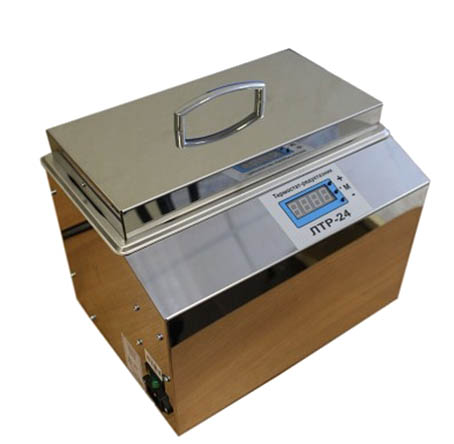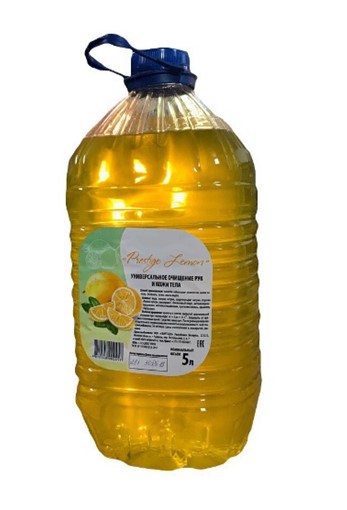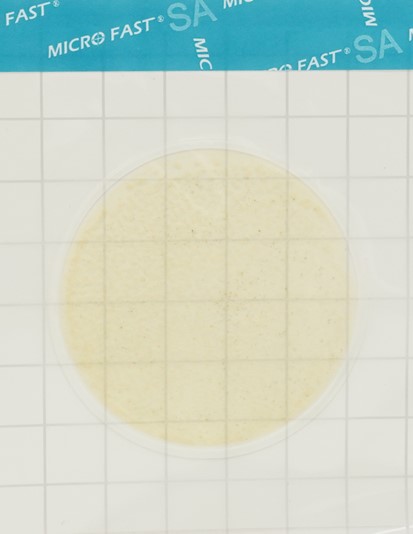How to treat a chicken coop against chicken mites

Chicken mites, despite their name, will happily settle on ducks, geese, guinea fowl and turkeys if you keep different types of poultry, and for humans they generally pose no particular threat, except for painful bites that sometimes cause allergies. Dogs and cats are not hosts for chicken mites, so the battle front extends to the poultry house.
The most common chicken mites are the northern bird mite (Ornithonyssus sylviarum), the red chicken mite (Dermanyssus Gallinae) and the scaly leg mite (Knemidocoptes mutans). The latter is the easiest to identify - swollen legs with protruding scales. it is necessary to treat chickens for leg mites, otherwise the bird will lame, additional pathogens will penetrate through the infected legs and the chicken will die.
The leg scale mite in chickens can survive the winter, so be sure to check your flock's legs in the spring, especially if you keep chickens with feathered legs. If you see that the skin has become deformed, you must first wash the chicken legs with warm soapy water, but under no circumstances try to peel off the scales - this will open the entrance gate for infection, in addition, this pointless procedure is also very painful. Simply wash the legs with warm water and soap, dry with a soft cloth (burn the cloth), and then apply an oil-based veterinary product to smother the tick, some use Vaseline, others neem oil - half a teaspoon per 2 cups of vegetable oil. After two or three treatments, the leg mites will suffocate, and the rough, deformed scales will fall off.
Red chicken mites and northern bird mites are harder to spot because they are tiny and so small that until the coop becomes overrun with a large population of mites and the birds start scratching themselves, many owners are unaware of the problem. Both of these mites are black or gray when they have no food, and red when they have fed on bird blood.
Ticks are transmitted by contact and can live outside their host for up to three weeks. Northern bird mites live their entire lives on their host chickens. When not feeding, red mites hide in the coop itself. But in the case of any ticks, do a thorough cleaning and burn all litter.
You should be alert to the following symptoms of red chicken mites and northern bird mites in chickens:
- bald areas on the body,
- pecking, since the skin of chickens constantly itches due to mite bites,
- blood stains on the legs,
- weight loss,
- pale comb and earrings,
- diarrhea,
- reduction or complete absence of egg production,
- clusters of tiny gray or red spots near the cloaca are mites.
To further ensure that chicken mites are infested, rub the perch with white paper late in the evening or at night - red spots indicate that there is a mite problem in the chicken coop.
Advice. Removable perches on holders in the wall and litter boards located under them make cleaning in the chicken coop much easier, because removing and cleaning these items with a scraper and solution is easier and better in the yard.
During spring cleaning, when the weather permits you to move your chickens to another location for a while (whether it's a "chicken tractor" or a big old dog crate), thoroughly clean out the house, all bedding, and all debris and dust. Clean the perches and litter boards, if you have one installed, with a white vinegar solution and a scraper (you'll probably need a metal one rather than a plastic one in the spring).
Next there are two options. You can make a composition for spraying - dilute 2 teaspoons of neem oil into a 3-liter jar of warm water, neem extracts are sold in garden departments and in online stores, add a teaspoon of dishwashing detergent and thoroughly treat the inside of the chicken coop, especially the corners and nesting areas boxes. Allow the chicken coop to air out, and then repeat the treatment three times within 10 days to kill the parasites.
The second option is permethrin. Permethrin is available in both liquid and powder forms. It is designed to be applied directly to chickens and as a coop spray. It is worth remembering that permethrin is very toxic to cats, so if you have cats, keep cats away from the coop during treatment and until the end of ventilation.
The chickens themselves can be treated - powdered with food grade (we emphasize!) diatomaceous earth, a little APPLE cider vinegar added to the water, and garlic or mint added to the feed. Using food-grade diatomaceous earth for chicken baths and periodically treating the chicken coop against ticks with a solution of neem oil is a good prevention of external parasites in chickens, including chicken lice.
Read together with it:
- ФАО: мировые цены на продовольствие снижаются второй месяц подрядДжим Вайкофф Среднее значение Индекса цен на продовольствие ФАО в октябре составило 126,4 пункта, снизившись с пересмотренного значения в 128,5 пункта в сентябре, что представляет собой небольшое снижение в годовом исчислении и на 21,1% ниже пикового значения в марте 2022 года. Лидером снижения стал сахар: его субиндекс упал на 5,3% до самого низкого уровня с декабря 2......
- Беларусь и Нигерия намерены придать новый импульс торгово-экономическому сотрудничествуФото Минсельхозпрода 17 ноября, Минск. Беларусь в ближайшее время планирует провести встречу с бизнес-кругами Нигерии. Такие планы намечены после встречи заместителя министра сельского хозяйства и продовольствия Александра Яковчица с делегацией нигерийского штата Кацина, которую возглавил губернатор Дикко Умару Радда, сообщили БЕЛТА в пресс-службе Минсельхозпрода. Стороны обсудили возможности торг...
- Брянская область вошла в число лидеров среди регионов России по товарообороту на БУТБ12 ноября, Минск. Брянская область вошла в число лидеров среди регионов России по товарообороту на Белорусской универсальной товарной бирже. Об этом сообщили БЕЛТА в пресс-службе БУТБ.Согласно данным о сделках, заключенных резидентами РФ на Белорусской универсальной товарной бирже в январе - октябре 2......
- Bright and powerful. The National Exposition at the CIIE in Shanghai as a mirror of modern BelarusSergei Lukashevich First Deputy Minister of Foreign Affairs of the Republic of Belarus National Exposition of Belarus at the CHINA International Import Expo (The China International Import Expo 2025 (CIIE), which opened in Shanghai on November 5, is a reflection of modern Belarus, a country with rich traditions confidently moving into the future, building on agriculture , industry, science, and hi...
- INTERVIEW: Bright and Powerful. The National Exposition at the CIIE in Shanghai as a Mirror of Modern BelarusSergei Lukashevich First Deputy Minister of Foreign Affairs of the Republic of Belarus National Exposition of Belarus at the CHINA International Import Expo (The China International Import Expo 2025 (CIIE) in Shanghai, which opened on November 5, is a reflection of modern Belarus, a country with rich traditions confidently moving into the future, relying on agriculture , industry, science, and hig...
- Agricultural products and construction materials became the leaders in export sales at the Belarusian Commodity Exchange in January-OctoberNovember 4, MINSK . Agricultural products and construction materials led EXPORT sales on the Belarusian Universal Commodity Exchange in January-October , the BUCE press service told BELTA. Based on statistics from BUCE export exchange trading, the most popular commodity groups among foreign traders in January-October 2......






























































